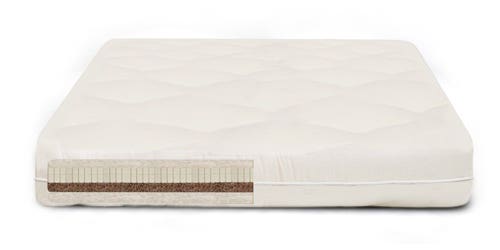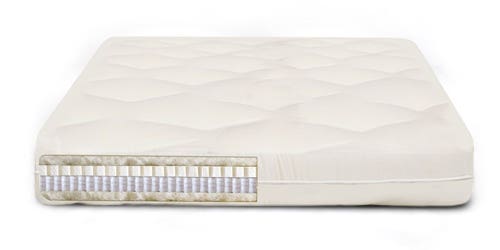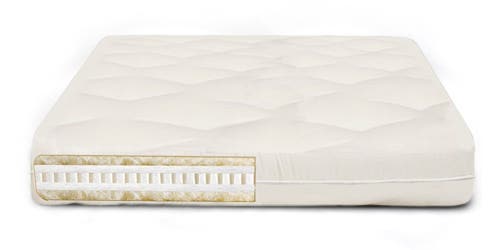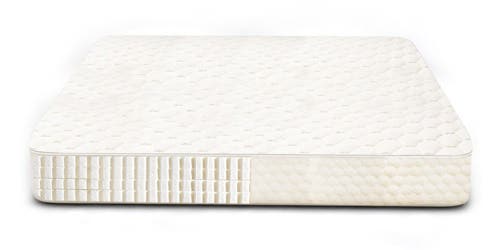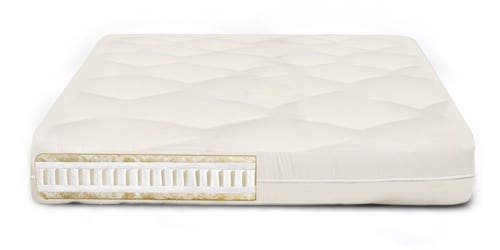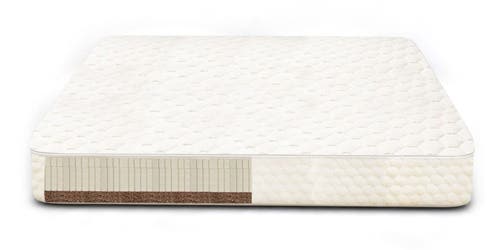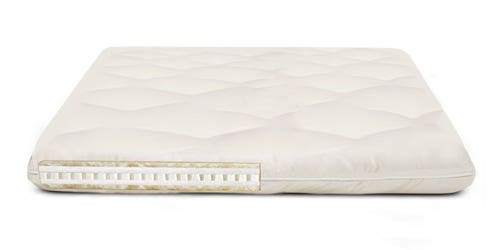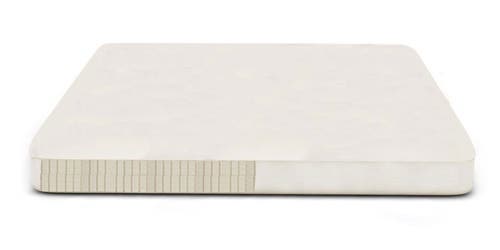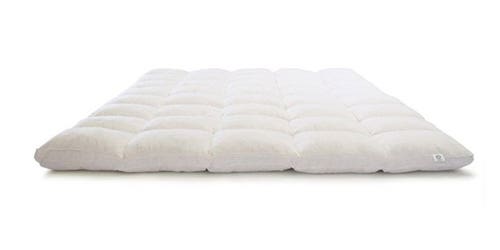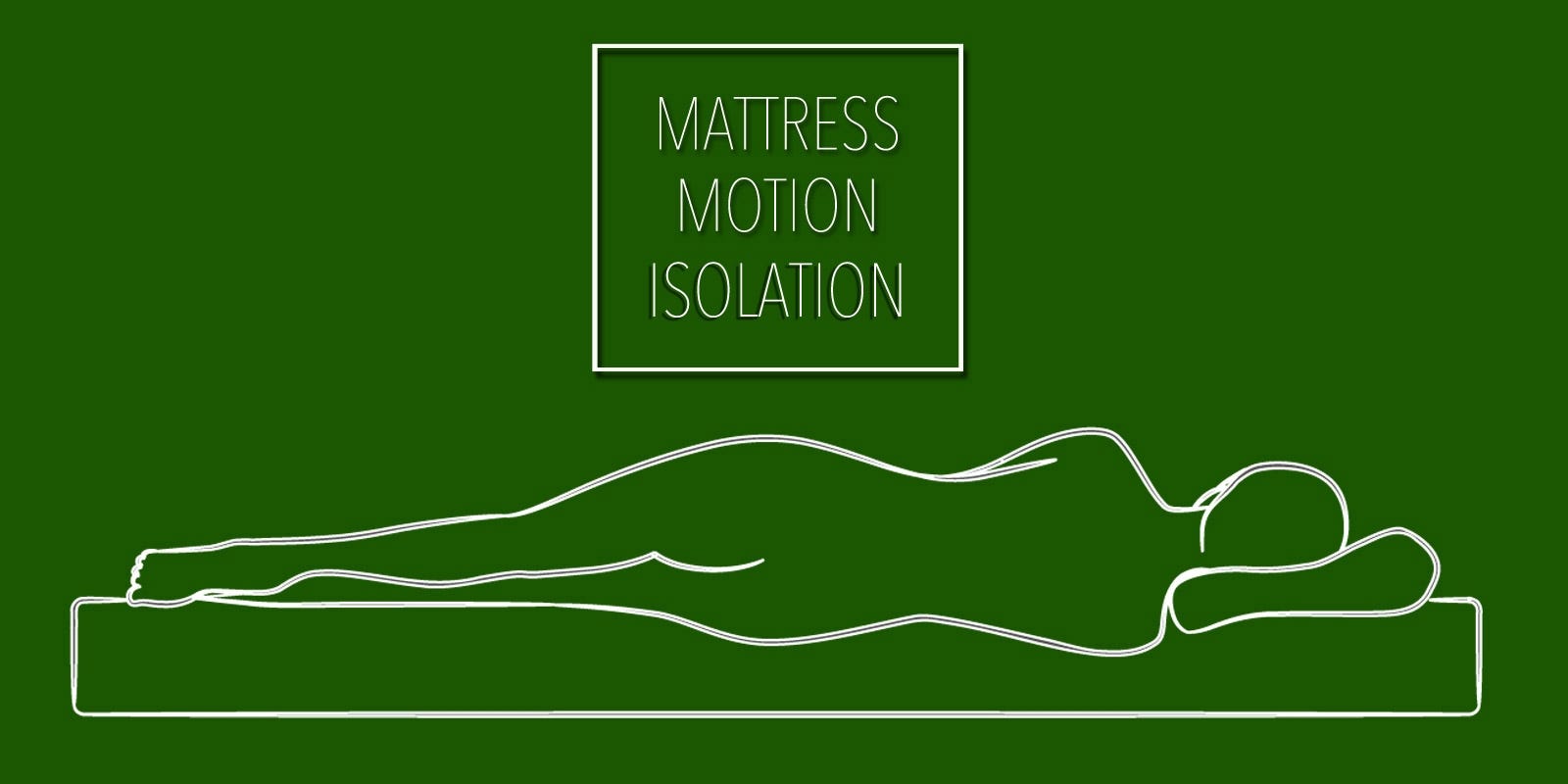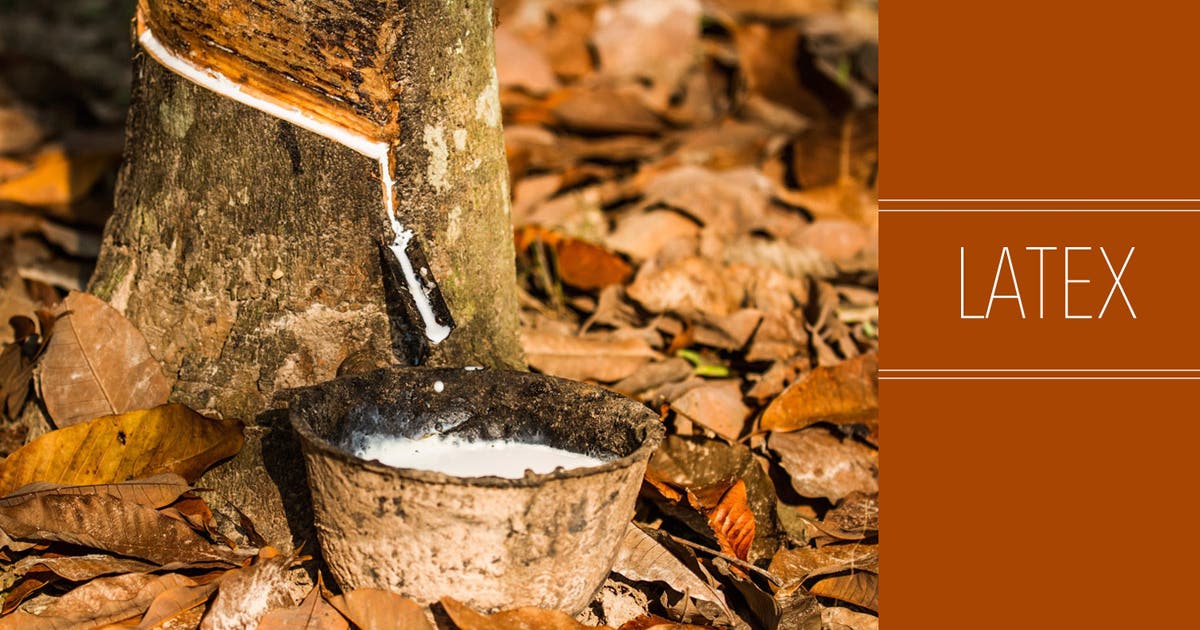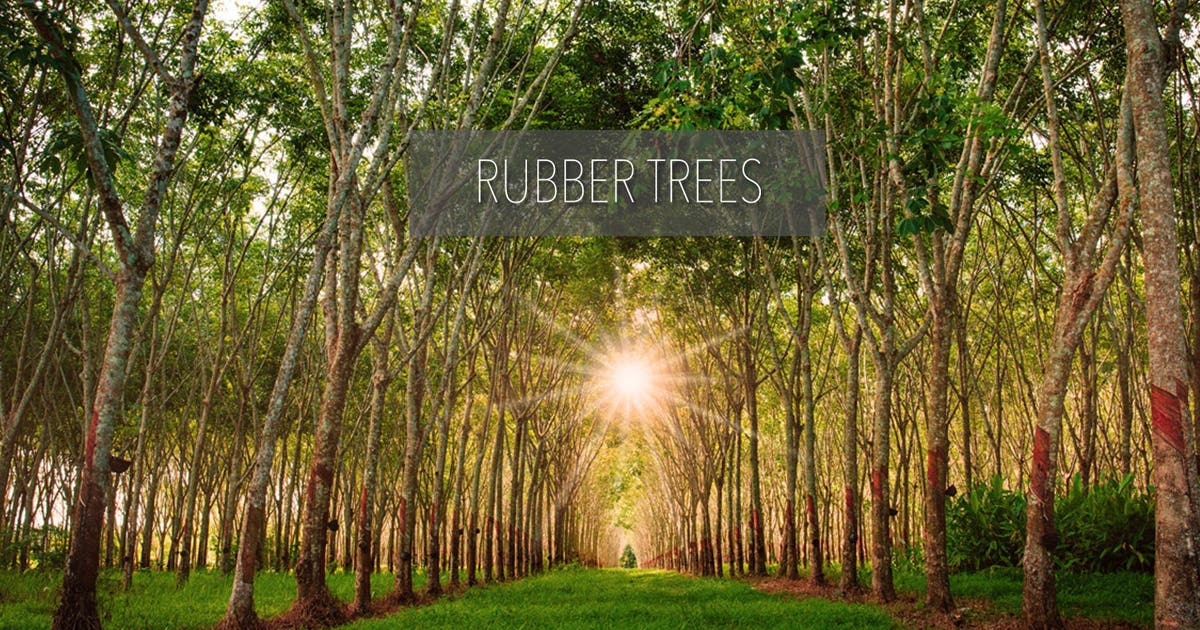
Rubber Tree The Rubber Tree Plantation is where latex comes from. Rubber Tree plantations are also called Hevea Brasilienses. One of the earliest Plantation was in 1928-1945 by Ford Motors in Brazil.
Henry Ford was interested in more than just supplying his Rubber plantation, he introduced such commercial interests as planting teak, balsa, mahogany, eucalyptus, kapok, tamarind, sisal, hemp, jute, cinnamon, ginger, coconut oil, palm, cacao tea, pineapple, citrus fruits, bananas, soybeans, and coffee. Henry Ford supplied 7,000 inhabitants, more than 2000 workers, 844 houses, and wooden barracks that could accommodate 950 men by 1940.

The Rubber Tree Plantation originated in Brazil in the Amazon forest, but by the early 20th century the rubber tree/Hevea Brasiliensis seeds were brought to the East Indies for cultivation. Rubber Tree Plantations are planted all over the world. Asia is the largest location for Rubber plantation, with Thailand, Indonesia, and Malaysia being the top three countries that cultivate the seed.
Plantations can also be seen across the world from Africa to Brazil. In India the first Rubber Tree Plantation was introduced as early as 1902. Rubber latex is extracted from The Rubber tree though a tapping technique. Best done in the morning.
The rubber tree lifetime is around 32 years, with the average immature tree life for 7 years, while a mature healthy tree can live on average of 25 years. Plantations give a quality soil of well-drained weathered soil that is filled with laterite, lateritic types sedimentary types, nonlateitic red or alluvial soils. Rubber plantations grow and live best in temps ranging from 20-34 degrees Celsius. Rainfall is best, as well as high humidity of around 80%. Sunshine is important too, with 2000 hours per year at the rate of six hours per day through the year. Best to have no winds.
Rubber seed is one of the by-products of natural rubber plantations. It is mainly available during the months between July to September. Though seed setting commences even during the immature phase, seeds from mature rubber plantations are collected as they meet the essential properties for processing and plant propagation.
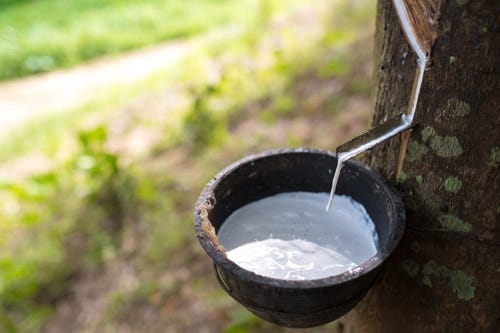
How is the latex collected?
In some plantations the shell of coconuts are used to collect latex, but glazed pottery or aluminum or plastic cups are used as well. The container to collect the latex is connected to the tree by wire that wraps around the tree. The wire as a spring attached to the cup that stretches around the tree. The liquid seeps out of the spout of the tree by a process called galvanizing. Tapping or knocking the tree in the morning, when the internal pressure of the tree is highest can release liquid for hours. Trees are tapped every three days to get the most quality of liquid and not damaging and drying out the tree.
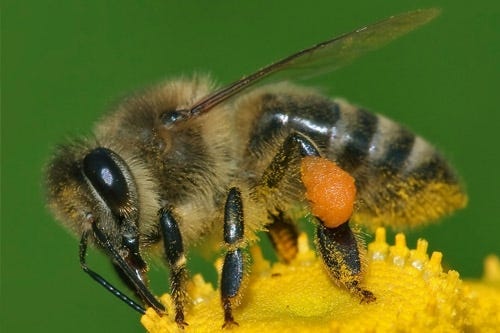
Image Source: Wikipedia
According to the Rubberboard.org an alternate source of income to plantation growers, farmers are encouraged to start the process of bee keeping. A 1996 -97 scheme was introduced creating small growers who own a total of rubber area between 0.5 and 2.50 acres and the tappers eligible for bee keeping subsidy. A small history into bee keeping: Bees do not just create honey, but hives products are also pollen, beeswax, royal jelly and bee venom which also have industrial uses. Bees also create Ayurveda and allopathic pharmaceutical firms, bakery, confectionery, dairy and tobacco manufacturing.
What kind of bees?
There are 4 main species of Honeybees:
1) Apis Mellifera
2) Apis Cerana Idica
3) Apis Dorsata
4) Apis Florea
Apis Mellifera is the most popular bee species, while the Apis Cerana Indica is an indigenous bee most common in the rubber plantation. The Honey flows in the rubber tree plantation from January to mid April, producing large quantities of nectar from the extra floral nectary glands at the distal end of the petals where the leaflets join.
Global Organic Latex Standard
- Mattress Manufacturing - What is a GOLS Transactional Certificate
- What Is GOLS Mattress Certification?
- Look For GOLS Certified Latex In A GOLS Certified Mattress
Click to read about Should You Buy A Organic Latex Mattress?.
- Click to browse through some great organic cotton mattresses.
- Click to read about How Long Does A Futon Mattress Last?.
- Click to read about Which Mattresses Are Best For Motion Isolation?.
- Click to read about How Are Latex Mattresses Made?.
- Click to read about How Is Latex Manufactured For Mattresses?.
- Click to read about What Are The Benefits Of Latex As A Mattress Ingredient?.
- Click to read more about What Are Latex Mattress Densities?.
LEARN MORE

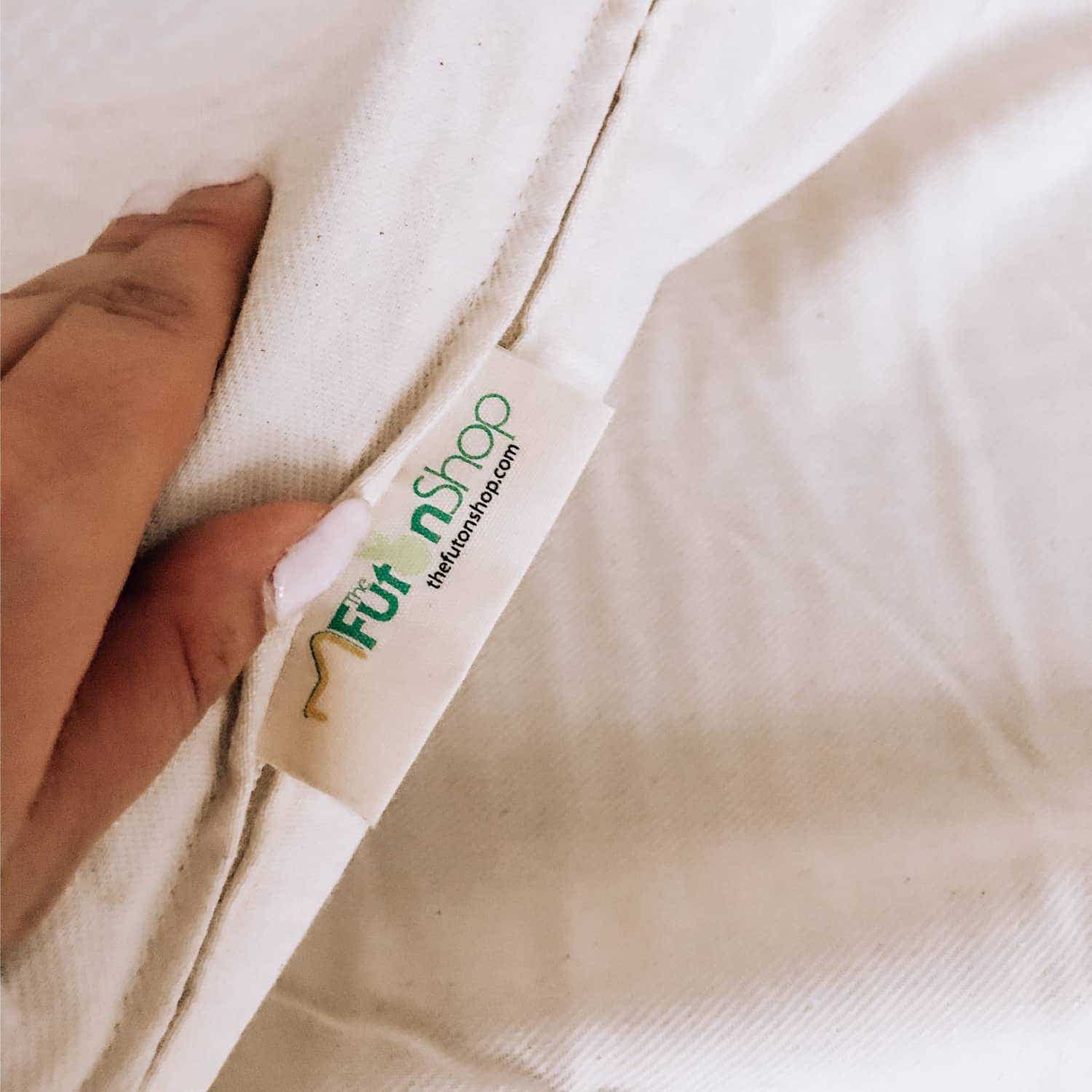
Everything You Need To Know About Futons

